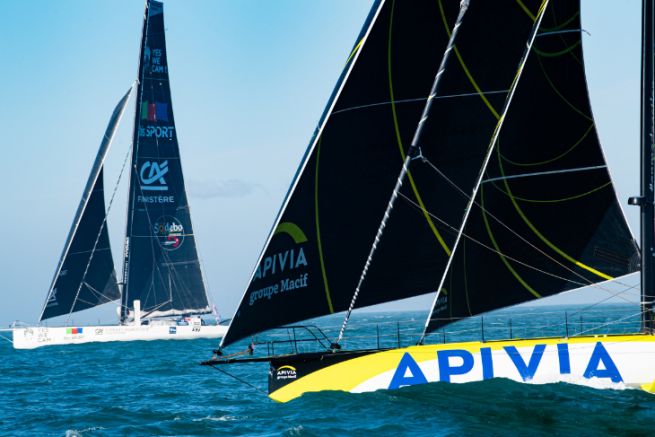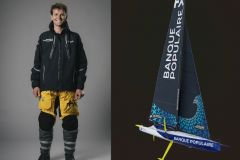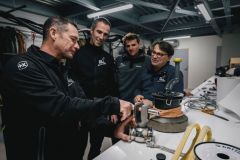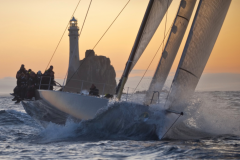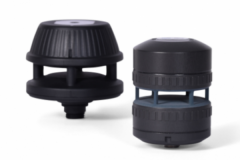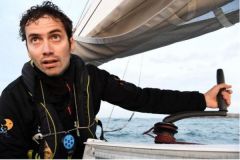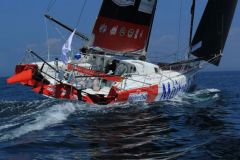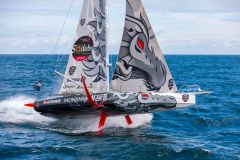The 2020-2021 Vendée Globe will have had many surprises in store, starting with a small gap between foil and straight daggerboard IMOCA boats, but also a shipwreck due to a boat opening in two... As with each edition, the International Monohull Open Class Association (IMOCA) has been working on the future of the current and future boats. The new 2021-2025 measurement rules were approved on April 15, 2021. These rules represent "a technical evolution, not a revolution" as explained by Antoine Mermod, president of the class.
More sustainable boats
The IMOCA class has been working for several years on the environmental impact of the boats (construction, navigation, use...) and has decided that the rules should include new rules that allow to set a development framework for the teams.
1 - Use of bio-sourced materials
The non-structural and removable elements of the boat (chart table, seats, bunks, holds, etc.) may be built in bio-sourced materials, as encouraged by the tonnage. They will also be removed from the weight of the boat within the limit of 100 kg. This was already the case for solar panels, green energy systems and scientific instruments.
2 - A "Green Sail
By 2023, each competitor will be required to carry one of the eight "Green Sails" allowed in the IMOCA Globe Series Championship races. This sail can be made of alternative materials and/or be fully recyclable. Pip Hare and Ari Huusela had an ISO 14040 certified and 100 % recyclable sail on board.
3 - Alternative engines
Thanks to hydro-generators and solar and wind power, the IMOCA boats can sail almost without fossil fuels. Of course, most of the boats are equipped with a diesel engine, used only for safety. The teams will now be able to propose an alternative motorization solution and obtain an exception to the rules.
4 - Life cycle analysis
Each team will have to carry out a life cycle analysis for any construction of a new boat or new elements (standard parts, hull, deck, boom, rudder, bulb). The idea is to be able to quantify the environmental impacts from the manufacturing to the end of life of the products through 6 indicators (Global Warming Potential (kgCO2e), depletion of non-renewable resources, water consumption, marine eutrophication, energy consumption, waste production).
It will thus be possible to collect comparable data in order to better understand the impact and to determine, in a concrete way, the reduction objectives.
5 - IMOCA Teams Charter
The objective is to move the practice of sports towards more environmentally friendly practices. It focuses on 7 themes of the daily life of projects (Commitment, Mobility, Impact management, Food, Energy and water, Communication, Contribution).
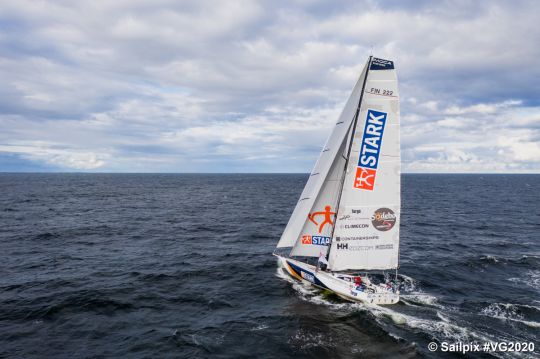
The size of the foils reviewed
While the maximum number of appendages is fixed, some parts are standardized, such as the mast or the keel, the size of the foils was free. But the class decided to impose a limit for two main reasons.
- Keeping a reasonable power in terms of safety. The bigger the foils, the more power the boat gains and the more it needs to be reinforced, and therefore heavier and more complex to handle, especially when sailing single-handed.
- The bigger the foils are, the more complex, long and expensive they are to build.
The foils will now be comparable to each other and will have to fit into a "box rule" while remaining of different design and geometry. The foils will have to be equivalent to those of the IMOCA Charal or Hugo Boss but not beyond.
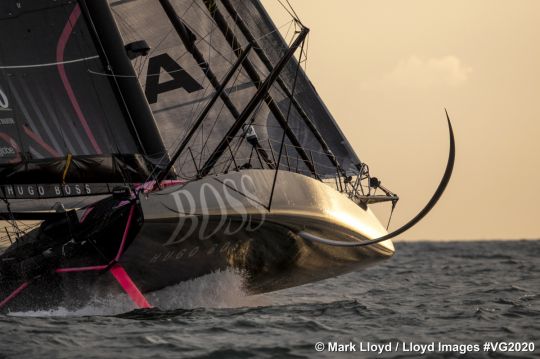
More security
The sinking of Kevin Escoffier and the withdrawal of three competitors following collisions led the Technical Committee to change the safety rules.
1 - Revised security locations
The skipper's safety equipment and its storage locations have been reviewed for even greater efficiency in the event of major damage.
2 - More unsinkability
The unsinkability rules have been increased: from 105 to 110% of the boat's weight in buoyancy volume. The objective is that the skipper can remain on board his boat as long as possible in case of major damage.
3 - More impact resistance
The hull and appendages (keel and foils) will have to be more resistant to impact. A multi-class working group is also considering a next generation of anti-collision tools.
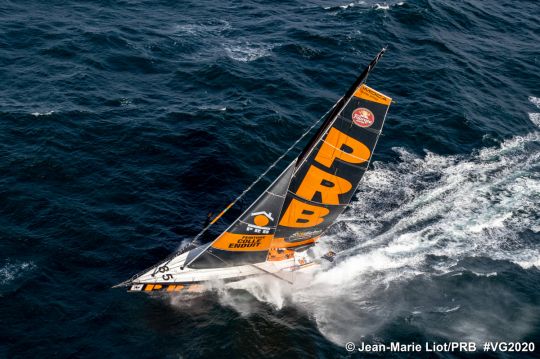
More efficient boats
For better resistance, especially in the Deep South, the mast rake has been increased from 4 to 6° (from front to back). Skippers will thus be able to better adapt their sail plan to extreme conditions. A change of equipment on the mast will also allow to use the storm sail.
Better control of costs
The IMOCA class brings together a variety of projects, particularly in terms of cost. The objective is to keep a framework in which everyone can continue to evolve.
- Control the on-board electronics
Onboard electronics (telemetry) has developed a lot in the last few years and to control the technological gaps, any sensor over 10k euros will have to come from the trade and belong to an authorized list, approved by the IMOCA and which will remain dynamic over time.
- Limit the number of sails
A system of limiting the number of sails on a campaign was also voted in order to maximize the time of use of a sail in races.
- Limit the number of core materials
The core materials used for the construction of the boats will have to be limited (foams, nomex...), as well as the authorized carbon weights. This will reduce the time and cost of production.
Standardized parts
To simplify the list of R&D topics for the teams, new parts will be standardized. Currently, this concerns the mast, sails and keel cylinder. From now on, the boom and the entire standing rigging will also be standard, as well as the satellite communication system via Iridium-Certus, with the Thales antenna (except on The Ocean Race).
